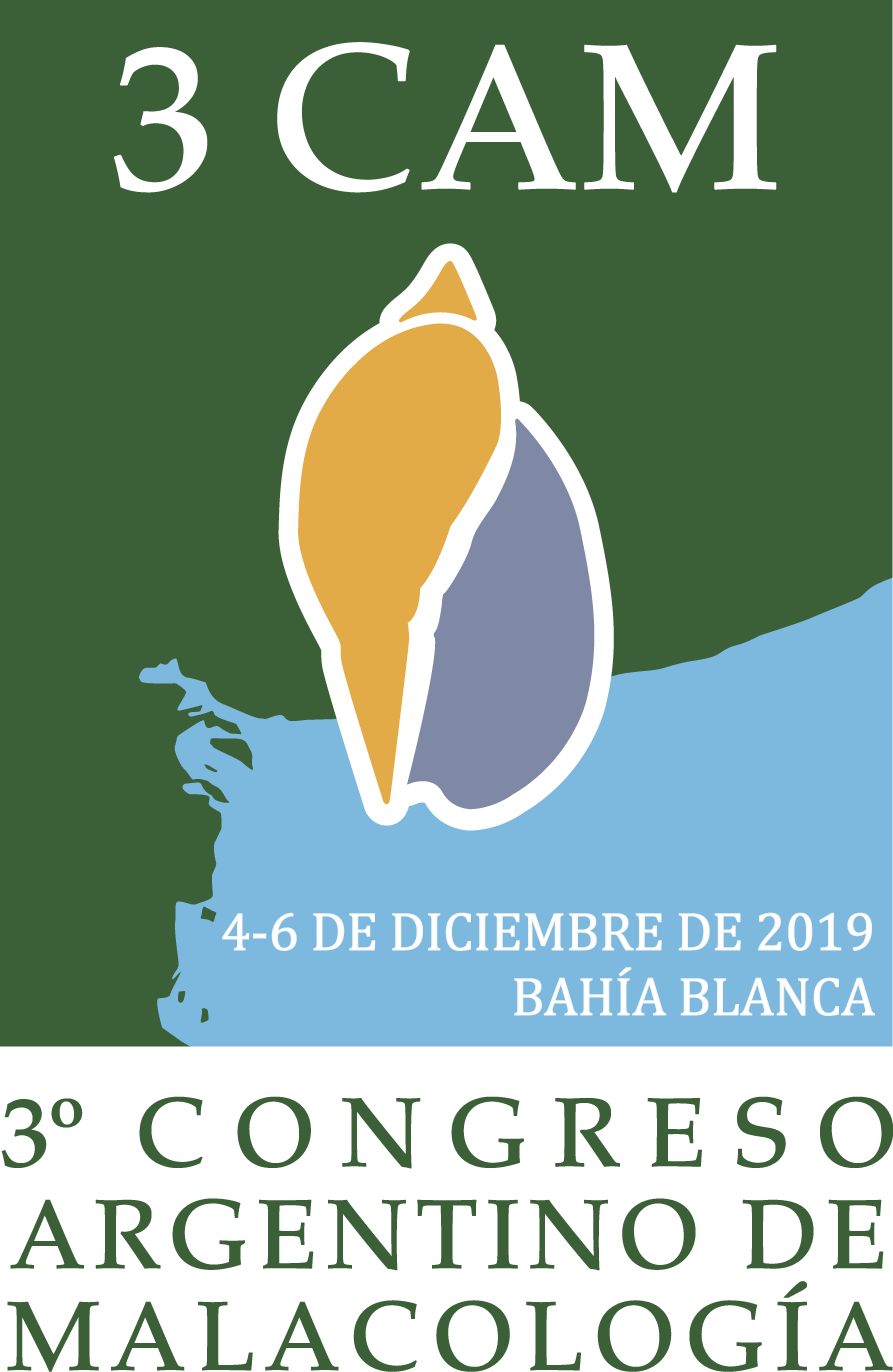
PeerJ Award winner Enzo Serniotti dissecting specimens of B. similaris under a stereomicroscope to confirm their identity. Photo credit: Tatiana Schmalko.
Our congratulations go to Enzo Serniotti, winner of the PeerJ Award for Best Presentation by a researcher at an early career stage at the Third Congress of Malacology (3CAM). Organized by the Argentine Association of Malacology, 3CAM was held in Bahía Blanca, Argentina in December 2019. Enzo presented research titled, “Morpho-anatomical and molecular studies of the invasive snail Bradybaena similaris (Gastropoda: Panpulmonata) in the province of Misiones.”
The PeerJ Award includes a free publication in PeerJ – the Journal of Life and Environmental Sciences (upon peer review and acceptance). Learn more about Enzo’s research and award-winning presentation in his interview below.
-
Can you tell us a bit about yourself and your research interests?
I am a 24-year-old geneticist who loves science and trying to understand the mechanisms of life. I am curious about every kind of living being, but I am currently focused on land mollusks. I received my undergraduate degree in genetics in 2019 working with Bradybaena similaris, a land gastropod of importance to agriculture, human and animal health. This degree was earned at the Universidad Nacional de Misiones, in Misiones Province, Argentina. The same year I started a doctoral degree in natural sciences from the Universidad Nacional de La Plata, in Buenos Aires Province, for which I received a five-year scholarship from CONICET (Consejo Nacional de Investigaciones Científicas y Técnicas / National Council of Scientific and Technical Research). I am currently studying three gastropod species which are known to be invasive in other countries and play an important role in agriculture, human and animal health.

Specimen of Bradybaena similaris on a crown of thorns plant in Puerto Rico (Misiones), Argentina. Photo credit: Leila Guzmán.
-
Can you briefly explain the research you presented at 3CAM?
The Third Congress of Malacology was held in Bahía Blanca, Buenos Aires Province, Argentina in December 2019. At the meeting, I presented part of my undergraduate thesis, which focuses on distributional, morphoanatomical, molecular and the first cytogenetical studies of Argentine representatives of Bradybaena similaris (Gastropoda, Camaenidae), the Asian tramp snail. Between 2018 and 2019, we collected specimens of this species in 12 locations from four provinces of central-north Argentina. As a result, the distribution range of B. similaris in Argentina and South America was updated, registering the new southernmost record from Río Tercero city, in Córdoba Province.

Lab group at the Instituto de Biología Subtropical in Posadas (Misiones), Argentina. From left to right, top: Lic. Enzo Serniotti and Dr. Roberto Vogler; bottom: Lic. Leila Guzmán and Dr. Ariel Beltramino. Photo credit: Miguel Riquelme.
In order to confirm the identity of the species, we performed morphological and anatomical analyses of the shell and reproductive system respectively, which also served to discard the existence of specimens of B. pellucida (a cryptic species) in the sample under study. In addition to confirming the species-specific identity, partial sequences of cox1 and 16S-rRNA genes in combination with karyological analyses (i.e. modal diploid number, fundamental number, C- and Ag-NOR banding) were used to characterize the populations of this exotic species in Argentina.
Genetic variability of natural populations was quantified through four indexes (i.e. number of haplotypes, haplotypic diversity, nucleotide diversity and number of polymorphic sites), and relationships between lineages were charted using haplotype networks and phylogenetic trees. This information constitutes the first step for elucidating and understanding the origin, number of introductions and invasion pathways of this species in our country.
-
What are your next steps? How will you continue to build on this research?
My undergraduate thesis work continues in my doctoral project, where I include two more land gastropod species: Ovachlamys fulgens and Meghimatium pictum, which are also known to be invasive in other countries. In this new study, I aim to extend the sampling areas to other provinces unsampled so far, and include a nuclear gene in addition to the mitochondrial ones, in order to perform more solid and comprehensive analyses. I will also make use of species distribution model approaches considering climate change variables in order to predict areas where these species might spread in the future or be already present but undetected.
See all 2019 PeerJ Award winners and additional interviews at peerj.com/blog.
About: PeerJ is an Open Access publisher of seven peer-reviewed journals. PeerJ’s mission is to help the world efficiently publish its knowledge. All works published by PeerJ are Open Access and published using a Creative Commons license (CC-BY 4.0).
PeerJ – the Journal of Life and Environmental Sciences is the peer-reviewed journal for Biology, Medicine and Environmental Sciences. PeerJ also publishes PeerJ Computer Science, and five newly launched PeerJ Chemistry journals.
By teaming up with a number of conferences, societies, and institutions to offer these awards, we are making it as easy as possible for organizers to reward excellence in science, support students and early career researchers, and signal to the wider research community that open science is better science. Learn more here and get in touch if you are looking to offer a ‘Best Presentation’ award at [email protected].



